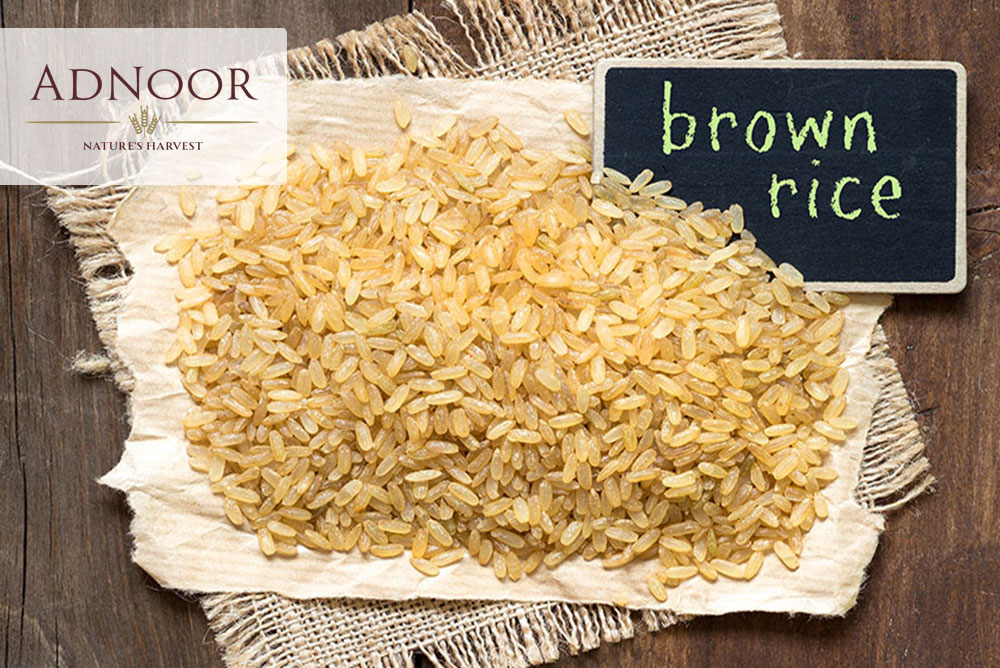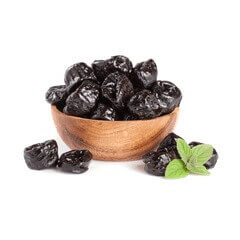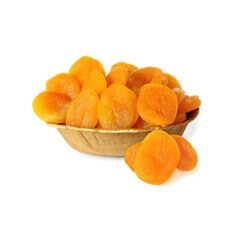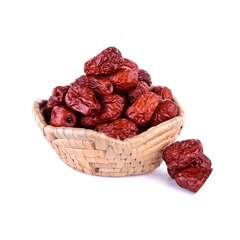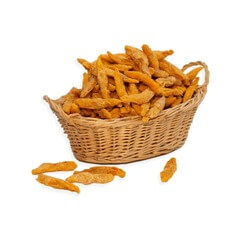Rice is now grown and consumed in all parts of the world. At the base of our diet, it is cooked in all sauces and is one of the cereals that are most easily found in our stores. However, by dint of habit, you end up not paying attention to what you put on your plate. However, not all rice is created equal.
The grain of rice can be long or short, round or elongated, basmati, organic, but also white or brown. Why such a colour difference? What does it mean? Is there one rice better than the others?
In recent years, all nutritionists have positioned themselves in favour of brown rice. For what? This is what we are going to explain to you in this article.
Origin and Presentation of Brown Rice
Brown rice is also called cargo rice. It is, in fact, raw rice from which the outer envelopes, which are not edible, have been removed. Unlike white rice, we did not remove its germ or bran, the inner envelope.
In recent years, emphasis has been placed on brown rice, which has led to its strong comeback in the cereal market, driven by the organic movement.
Indeed, this rice, which is more difficult to chew, is ultimately healthier than white rice, richer in nutrients and more digestible than its cousin. If it still surprises by its unusual colour, it is certain that this rice will come to supplant the classic rice on our plates, insofar as all the doctors praise its merits and its beneficial action on the organism.

Why is brown rice healthier than white rice?
If nutritionists recommend brown rice over white rice, there are reasons. Indeed, both in terms of preparation and effects, brown rice is richer than classic rice.
A complete rice.
Most forms of white rice resemble brown rice before it is refined. Indeed, as we have specified, brown rice differs from classic rice because it has been left with its germ as well as its brand, its inner envelope giving it its brownish colour
To process the rice and make it white, you have to remove the shell and the bran; it then becomes lighter and quicker to cook. The white rice has then been stripped of its whole and natural appearance: it, therefore, loses a large part of the fibre contained.
This is why brown rice is also called raw rice because the preservation of the bran allows it to remain a food very rich in dietary fibre protein, thiamin, calcium, magnesium and potassium.
A richer rice.
Brown rice is considered richer because it contains, as we said, more fibre and vitamins than white rice. Therefore, it has a better effect on the body than white rice: it will be digested more quickly and easily by your body, providing you with much of what you need to last the day.
In addition, the refining process to which white rice is subjected removes a large part of its nutrients, including vitamins B3, B1, B6, manganese, phosphorus, iron, fibres as well as its essential fatty acids.
White rice is, therefore, generally fortified industrially to meet the standards of public bodies in terms of daily intake. In particular, it will be considerably enriched in carbohydrates, which makes it a much sweeter food than ordinary brown rice, and therefore more harmful to health.
Therefore, brown rice really stands above white rice, both in terms of its composition and its contribution to the human body. More respectful of our body, it is also a more natural product that will satisfy those who are tired of everything industrial.
Health Benefits of Brown Rice
Brown rice therefore stands out from other forms of rice for its nutrient richness. It is thus very rich in selenium, a trace element that helps fight against the risk of cancer, heart disease or others.
Brown rice is also high in manganese, which helps the body produce the fatty acids it needs to form cholesterol and maintain the nervous and reproductive system.
Aside from protein, brown rice also includes natural oils that help fight bad cholesterol.
In addition, it is a very effective antioxidant that helps regenerate your skin and your cells. Finally, its high fibre content makes it an easy-to-digest food that will help you lose weight, thanks to its ability to make your intestine work well.
After taking a bowl of brown rice, you will feel fuller than after taking white rice because it is a food with a high content of carbohydrates, which promotes a long-lasting energy boost, unlike fast sugars, which do not allow you to have a feeling of satiety. Preferred by more and more people, it is suitable for both children and adults, with contraindications existing to date.
Diet or Bodybuilding Food?
In our opinion, brown rice is suitable for both diet and bodybuilding. Indeed, it is suitable if you want to watch your weight because its fibre content will allow you to digest your food more easily and, therefore, not have bloating or swelling of the stomach.
In addition, it will give you the impression of being full more quickly than with white rice, classic, because it is less sweet. Therefore, you will need to eat less food, which aids in the weight loss process.
Some Recipe Ideas
Here we offer some recipe ideas to improve the seasoning of your brown rice.
Brown Rice with Vegetables
The easiest brown rice recipe to make is brown rice with vegetables. With brown rice, a leek, peas, zucchini, carrots and chickpeas, all you have to do is cook everything in small cubes in a pan with a bouquet of arni; brown it in a little diluted stock cube. After cooking the rice separately, add it to the pan and let it brown for half an hour so that the rice crisps up a bit.
Brown Rice Salad
You can also make brown rice salads: nothing could be simpler, take three tomatoes, cut them into squares, take radishes, raw carrots, pieces of apple, onions, cut everything and pour them into a large salad bowl.
You can add cubes of ham or pieces of shrimp. Next, cook the rice and place it under cold running water to cool it so it doesn’t cook the other foods. All you have to do is place the rice in the bowl and season with a homemade sauce (olive oil, vinegar, mustard, salt, pepper).
Brown Rice Sweets
Finally, you can also make sweet recipes with brown rice. Indeed, if we use classic white rice more often for sweet preparations, brown rice also does the job very well. Thus, to prepare a rice pudding, you will need to take whole round rice, put it in a pan of cold salted water and bring to a boil.
In a separate bowl, pour milk and coconut milk, sugar and spices and bring to a boil. Finally, you will incorporate the rice into your preparation and cook for 40 minutes, stirring regularly. You can, to finish, add candied fruits or any other sweetness according to your convenience.
Where to Buy Brown Rice?
Brown rice is becoming more and more popular, so you won’t have any trouble finding it in organic stores or supermarkets. You will find all the desired brands at all prices. But brown rice has a bit higher price than regular rice because it is of higher quality. Going to supermarkets will then allow you to find brown rice that is not too expensive.
If you wish, you can go to shops specializing in organic or natural products, where you can buy rice per kilo at less attractive prices, but you will have better traceability of the product.
What Is The Healthiest Variety Of Rice?
Round rice, long rice, basmati, brown. What are the nutritional differences between all these varieties of rice?
There are at least a dozen different varieties of rice: long rice, round rice, white, brown, basmati, cracked, wild, fragrant, and glutinous! It’s hard to know which variety is better!
There are big differences between the different varieties of rice in terms of cooking time. If you are cooking with rice, it is important to pay attention to which variety of rice the recipe refers to. Substituting one rice for another can dramatically change the outcome of a recipe, not always in a positive way.
The Different Varieties of Rice
Among the different varieties of rice, the following are distinguished:
Round rice is high in carbs, slow-cooked, and sticky. It is used, for example, for sushi, paella and risotto.
Long-grain rice contains less starch, so cooked grains are drier and less sticky. It is often used for pilafs or dishes with a lot of sauce.
Jasmine and Basmati are varieties of long-grain rice that have been bred to provide distinct flavours. They are generally found in Indian and Asian cuisine.
Brown rice is available in short grain and long grain, is much denser and heartier than white rice, and cooks twice as long.
Wild Rice
Wild rice is for you if you are looking for a more nutritious type of rice! Wild rice, although a close botanical relative of rice (both are types of grasses), is a different food.
Is wild rice healthy?
Wild rice contains a higher amount of protein and a lower amount of carbohydrates than brown rice, indicating wild rice has a remarkably lower glycemic index.
Wild rice is also higher in vitamin A and folic acid than brown rice but not as high in minerals. Although low in fat, wild rice is still a good source of omega-3s, with an excellent omega-3 to omega-6 ratio.
Wild rice can be an exciting and nutritious alternative for the ones who like to alter their food.
You can also find quick-cooking rice that has been pre-cooked and then dehydrated. If you are using this type of rice, it is important to follow the cooking instructions on the package.
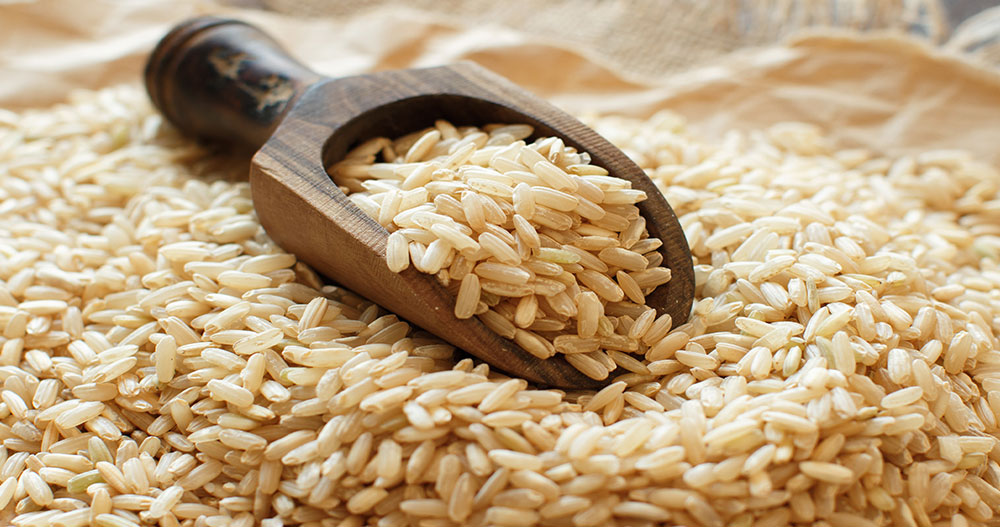
What Are The Nutritional Differences?
Brown rice is raw rice, meaning that both parts have been preserved, the germ and the bran of the grain.
In white rice, these parts have been removed. As a result, brown rice is higher in magnesium and other minerals and contains more fibre.
For example, a cup of long white rice contains only one gram of fibre, while brown rice contains four. For reference, aim for 25 to 30 grams of fibre per day.
One effect of fibre is to slow the rate at which carbohydrates are converted into blood sugar. In other words, fibre lowers the “glycemic load” of a food. The lower the glycemic index, the better.
How Does Rice Affect Blood Sugar Levels?
Although some rice have a lower glycemic index than others, no variety of rice can be considered a low glycemic index food.
Generally, brown rice has a lower glycemic index than white rice, but other factors come into play. Long rice has a lower glycemic index than round rice.
All long rice, especially basmati, seem to have a lower glycemic index than others. In conclusion, the best choice in terms of glycemic index is brown basmati rice.
What Is The Right Size For A Serving Of Rice?
Although some kinds of rice have a lower glycemic index than others, no type of rice has a glycemic index that is considered low. This is why portion sizes must be controlled, regardless of the type of rice consumed. A portion of cooked rice on your plate should be equal to a cup or the size of your fist.
A Little White Rice Can’t Hurt You.
As stated earlier, brown rice is more nutritious than white rice and has a lower glycemic index. That said, the more rice you eat, the more brown rice should be preferred to enjoy its benefits.
On the other hand, if you only eat rice occasionally, the differences in nutritional values are not significant enough to concern you.
To get the best quality basmati rice, brown rice, white rice, Raisins, dried fruits, nuts, and seeds, visit the ADNOOR website. We have been the importers, exporters, wholesalers, distributors, and co-packers of various nuts and grains in Canada for the last 25 years. We are the best rice brand in Canada. We continuously strive to provide our customers with the best quality products at a reasonable price. For more details, visit our website.

